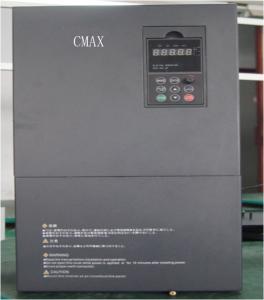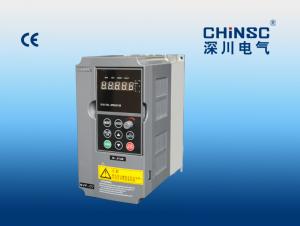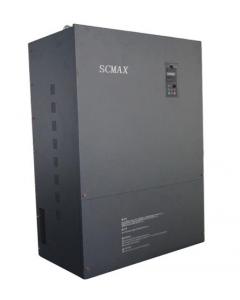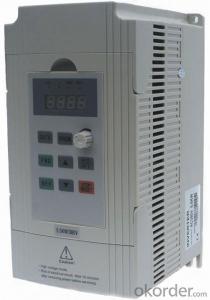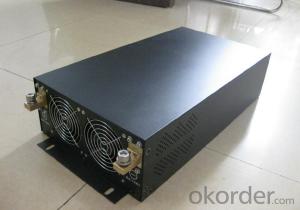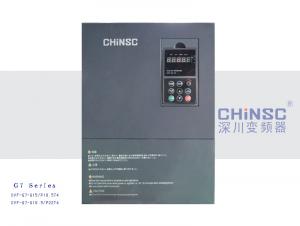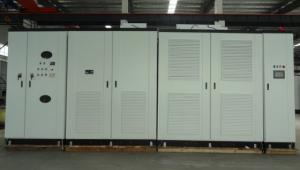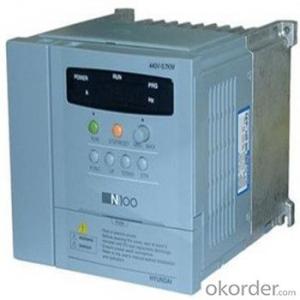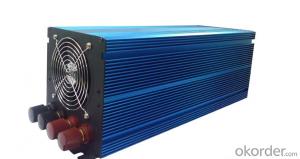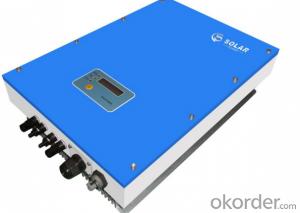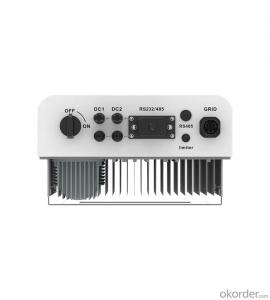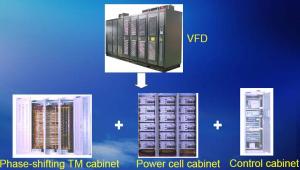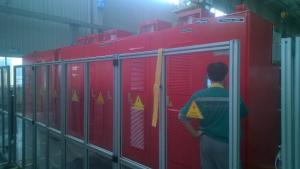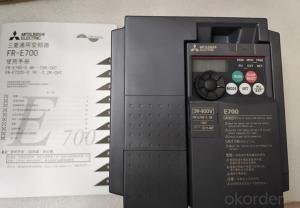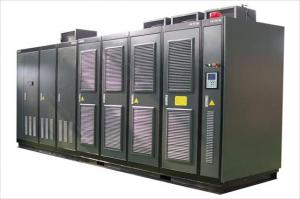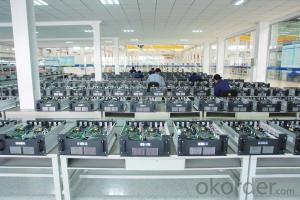3-Phase Solar Inverter
3-Phase Solar Inverter Related Searches
3 Phase Solar Inverter 3 Phase Solar Power Inverter Solar 3 Phase Inverter 3 Phase Inverter Solar 3 Phase Solar Battery Inverter Solar Power 3 Phase Inverter Solar Inverter 3 Phase 3 Phase Hybrid Solar Inverter 3 Phase Solar Hybrid Inverter Three Phase Solar Inverter 3 Phase Solar Pump Inverter 3 Phase Solar Micro Inverter Hybrid Solar Inverter 3 Phase Best 3 Phase Solar Inverter China 3 Phase Solar Inverter Solar Edge 3 Phase Inverter 3 Phase Solar Inverter Price 3ph Solar Inverter Solar 3 Phase Inverter Price 3kw Solar Inverter Abb 3 Phase Solar Inverter 3 Kilowatt Solar Inverter 3kw Inverter Solar 3kv Solar Inverter 3 Mppt Solar Inverter Solar Inverter 3 Kw 3 Kva Solar Inverter 3kw Solar Hybrid Inverter 3kva Solar Inverter 3kw Hybrid Solar Inverter3-Phase Solar Inverter Supplier & Manufacturer from China
3-Phase Solar Inverters are advanced electrical devices that play a crucial role in converting the direct current (DC) generated by solar panels into alternating current (AC), which can be utilized by the electrical grid or various appliances. These inverters are specifically designed to handle the power requirements of large-scale solar power systems, ensuring efficient energy conversion and optimal performance.In various industrial, commercial, and residential settings, 3-Phase Solar Inverters find extensive application. They are particularly useful in situations where high power output is needed, such as in large solar farms or for powering heavy machinery in industries. These inverters are also employed in grid-tied systems, where the excess power generated can be fed back into the grid, and in off-grid systems, where they provide a reliable power source for remote locations without access to the main electrical grid.
Okorder.com stands out as a leading wholesale supplier of 3-Phase Solar Inverters, boasting a vast inventory that caters to the diverse needs of customers worldwide. With a commitment to quality and customer satisfaction, Okorder.com offers a wide range of these inverters from reputable manufacturers, ensuring that buyers have access to reliable and efficient products at competitive prices.
Hot Products
